
Samba is a name or prefix used for several rhythmic variants, such as samba urbano carioca, samba de roda, amongst many other forms of samba, mostly originated in the Rio de Janeiro and Bahia states. Samba is a broad term for many of the rhythms that compose the better known Brazilian music genres that originated in the Afro-Brazilian communities of Bahia in the late 19th century and early 20th century, having continued its development on the communities of Rio de Janeiro in the early 20th century. Having its roots in Brazilian folk traditions, especially those linked to the primitive rural samba of the colonial and imperial periods, is considered one of the most important cultural phenomena in Brazil and one of the country symbols. Present in the Portuguese language at least since the 19th century, the word "samba" was originally used to designate a "popular dance". Over time, its meaning has been extended to a "batuque-like circle dance", a dance style, and also to a "music genre". This process of establishing itself as a musical genre began in the 1910s and it had its inaugural landmark in the song "Pelo Telefone", launched in 1917. Despite being identified by its creators, the public, and the Brazilian music industry as "samba", this pioneering style was much more connected from the rhythmic and instrumental point of view to maxixe than to samba itself.
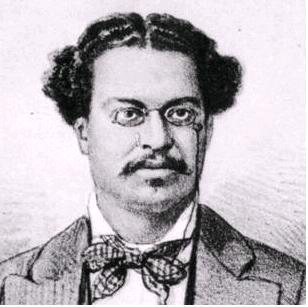
Choro, also popularly called chorinho, is an instrumental Brazilian popular music genre which originated in 19th century Rio de Janeiro. Despite its name, the music often has a fast and happy rhythm. It is characterized by virtuosity, improvisation and subtle modulations, and is full of syncopation and counterpoint. Choro is considered the first characteristically Brazilian genre of urban popular music. The serenaders who play choros are known as chorões.

Jorge Duílio Lima Menezes is a Brazilian popular musician, performing under the stage name Jorge Ben Jor since the 1980s, though commonly known by his former stage name Jorge Ben. Performing in a samba style that also explored soul, funk, rock and bossa nova sounds, Ben has recorded such well-known songs as "Chove Chuva", "Mas Que Nada", "Ive Brussel" and "Balança Pema". His music has been covered by artists such as Caetano Veloso, Sérgio Mendes, Miriam Makeba, Soulfly and Marisa Monte.
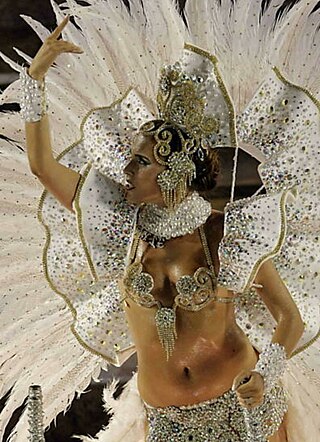
The Carnival of Brazil is an annual festival held the Friday afternoon before Ash Wednesday at noon, which marks the beginning of Lent, the forty-day period before Easter. During Lent, Roman Catholics and some other Christians traditionally abstained from the consumption of meat and poultry, hence the term "carnival", from carnelevare, "to remove meat."
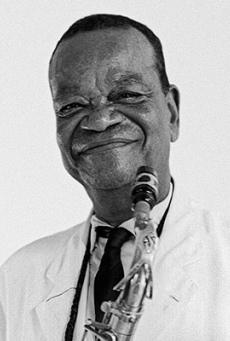
Alfredo da Rocha Viana Filho, known as Pixinguinha was a Brazilian composer, arranger, flutist and saxophonist born in Rio de Janeiro. Pixinguinha composed popular music, particularly within the genre known as choro, including some of the best-known works in the genre such as "Carinhoso", "Glória", "Lamento" and "Um a Zero".

A samba school is a dancing, marching, and drumming club. They practice and often perform in a huge square-compounds and are devoted to practicing and exhibiting samba, an Afro-Brazilian dance and drumming style. Although the word "school" is in the name, samba schools do not offer instruction in a formal setting. Samba schools have a strong community basis and are traditionally associated with a particular neighborhood. They are often seen to affirm the cultural validity of the Afro-Brazilian heritage in contrast to the mainstream education system, and have evolved often in contrast to authoritarian development. The phrase "escola de samba" is popularly held to derive from the schoolyard location of the first group's early rehearsals. In Rio de Janeiro especially, they are mostly associated with poor neighborhoods ("favelas"). Samba and the samba school can be deeply interwoven with the daily lives of the shanty-town dwellers. Throughout the year the samba schools have various happenings and events, most important of which are rehearsals for the main event which is the yearly carnival parade. Each of the main schools spend many months each year designing the theme, holding a competition for their song, building the floats and rehearsing. It is overseen by a carnavalesco or carnival director. From 2005, some fourteen of the top samba schools in Rio have used a specially designed warehouse complex, the size of ten football pitches, called Samba City to build and house the elaborate floats. Each school's parade may consist of about 3,000 performers or more, and the preparations, especially producing the many different costumes, provide work for thousands of the poorest in Brazilian society. The resulting competition is a major economic and media event, with tens of thousands in the live audience and screened live to millions across South America.

Angenor de Oliveira, known as Cartola, was a Brazilian singer, composer and poet considered to be a major figure in the development of samba.

Clara Nunes was a Brazilian samba and MPB singer, considered one of the greatest of her generation. She was the first female singer in Brazil to sell over 100,000 copies of a record, with "Tristeza Pé No Chão" and her achievements in the samba genre earned her the title of "Queen of Samba".
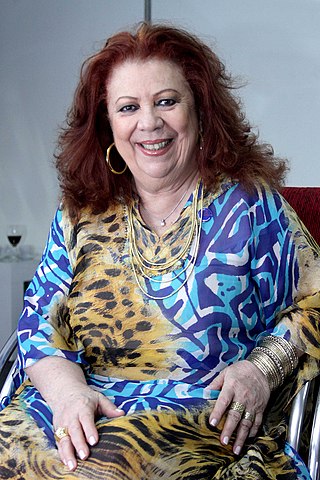
Elizabeth "Beth" Santos Leal de Carvalho was a Brazilian samba singer, guitarist, cavaquinist and composer.

Radamés Gnattali was a Brazilian composer of both classical and popular music, as well as a conductor, orchestrator, and arranger.
Mauro Diniz is a Brazilian professional cavaquinist. He also has a career as a songwriter and singer.

Guilherme de Brito Bollhorst, known as Guilherme de Brito, was a Brazilian sambista, singer, songwriter, and painter.

Clementina de Jesus was a Brazilian samba singer.

Yvonne Lara da Costa OMC, better known as Dona Ivone Lara, was a Brazilian singer and composer. Known as the Queen of Samba and Great Lady of Samba, she was the first woman to sign a samba-enredo and take part in a wing of composers in the school, Império Serrano.
Mário Sousa Marques Filho, better known as Noite Ilustrada was a Brazilian singer-songwriter and guitarist.
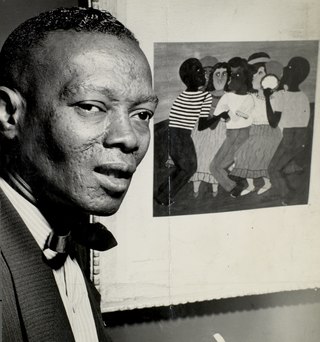
Heitor dos Prazeres was a Brazilian composer, singer and painter. He was a pioneer samba composer and participated in the first samba schools in Brazil. Later in life he became known by his paintings.

Antônio Candeia Filho better known as Candeia was a Brazilian samba singer, songwriter, and musician.

Ernesto Joaquim Maria dos Santos, better known as Donga, was a Brazilian guitarist and composer. He composed what is considered the first recorded samba, the 1916 song Pelo Telefone.

Nelson Sargento OMC was a Brazilian composer, singer, Brazilian popular music researcher, visual artist, actor, and writer.
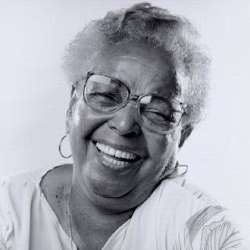
Euzébia Silva de Oliveira, better known as Dona Zica,, was a Brazilian samba dancer at the Mangueira Samba school in Rio de Janeiro, who went on to play an important role in the Mangueira favela.


















